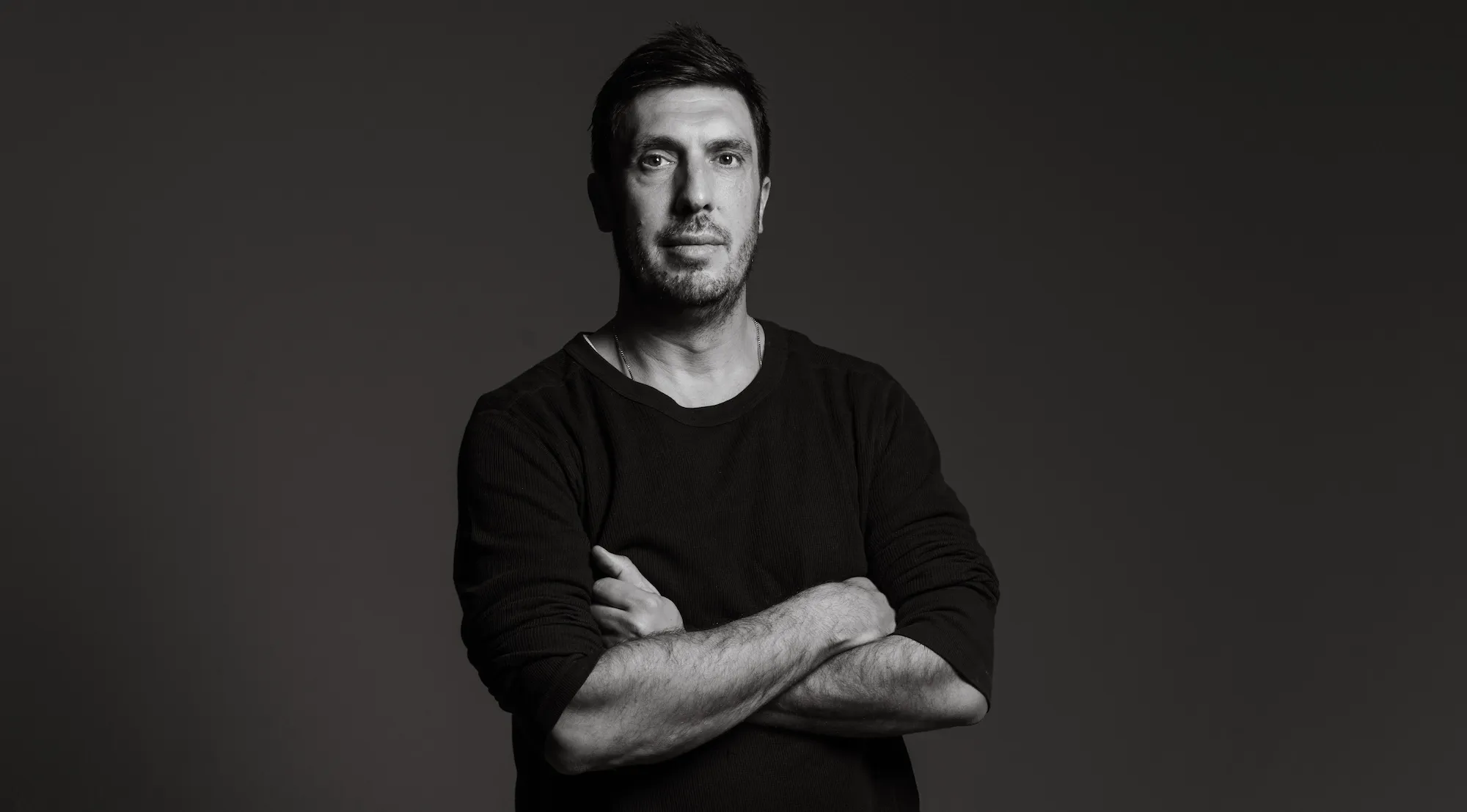Look through a microscope at the sperm of two healthy men – one older, one younger — and you won’t be able to tell much of a difference.
Dive deeper to the genetic level, though, and you may well see worlds of discrepancies. Some potentially alarming. And not just because microscope technology has improved.
All the way back in the 1930s, pioneering geneticist J. B. S. Haldane observed a strange pattern among families with lengthy histories of hemophilia: The gene responsible for the condition tended to come from the X, or male, chromosome. While he couldn’t prove it at the time, Haldane theorized that fathers passed on more mutations to their children than their mothers did.
By 2012, scientific evidence published in the journal Nature backed up Haldane’s hunch. What’s more, the study, based on dozens of Icelandic families, confirmed that the age at which a man fathers children is a deciding factor in the number of mutations his children inherit.
In other words, while it may feel that parts of you are getting better with age, the genes you pass along to your heirs might not be.
In fact, the study’s lead author, Kári Stefánsson, chief executive of deCODE Genetics in Reykjavik, “The more mutations we pass on, the more likely that one of them is going to be deleterious,” or capable of causing damage.
While it is true that some genetic mutations are harmless and even necessary for the evolution of the human species, it’s the damaging ones that Stefánsson referred to – those that could cause autism or schizophrenia, for instance — that understandably worry couples wanting to start a family.
At the time of the 2012 study’s release, Allan Pacey, then-chairman of the British Fertility Society and professor of andrology at Sheffield University, wrote in the Guardian, “This is the first study to firmly establish that random mutations across the genome rise significantly as men age….We can only issue seemingly obvious advice that becoming a father under the age of 40 is probably better for the health of your children than waiting until you are older.”
Unless, of course, waiting until you are older is a real option. More on that in a bit.
Stefánsson updated his study in 2017 to include a significantly larger number of subjects, — 14,000 Icelanders in all, including 1500 groups of parents and children. He and his team determined that men transmitted one genetic mutation for every eight months of age, while the rate for women was for every three years of age. And while he pointed out the benefits of some mutations, he nevertheless stated that “they are also believed to be responsible for the majority of cases of rare diseases of childhood.”
Moreover, he was quoted by Scientific American as saying, “The majority of the contribution still comes from the father, particularly when the father is in an older age range.” SA went on to note that, while the risk is still small, “a 45-year-old mother and father are 5 to 10 percent more likely to have a child with autism than are a 20-year-old mother and father. “
Stefánsson’s findings theoretically translate into approximately 15 new genetic mutations for a 35-year-old mother to pass along to a child, compared to 53 for a man of the same age.
It’s important to note that no one – not the researchers nor anyone commenting on the findings — wants in any way to cast blame toward either gender as causing diseases or disorders due to genetic defects.
But the fact remains that advances in research point to some concerning trends which could help men and women make healthier choices for themselves and for their families. And those discoveries can also help scientists possibly prevent and even treat problems beforehand at the genetic level, though that’s understood to be achievable some ways down the road.
For now, though, the latest research suggests that the earlier some choices can be made – such as whether to preserve and freeze sperm and eggs for future viable use through cryogenic preservation — the greater the benefit.
And it doesn’t take arriving at middle age to acquire that wisdom.
Indeed, Professor Pacey recently confirmed to the Guardian that researchers have long known that the risk of conceiving children with medical conditions caused by genetic defects ramps up as a father ages. It’s precisely because of that, he said, that the recommended maximum age for sperm donors in the United Kingdom has been set at 40 years of age.
“Put simply,” he concluded, “the genetic quality of sperm from younger men, in terms of new mutations, is generally much better than that of older men.”



